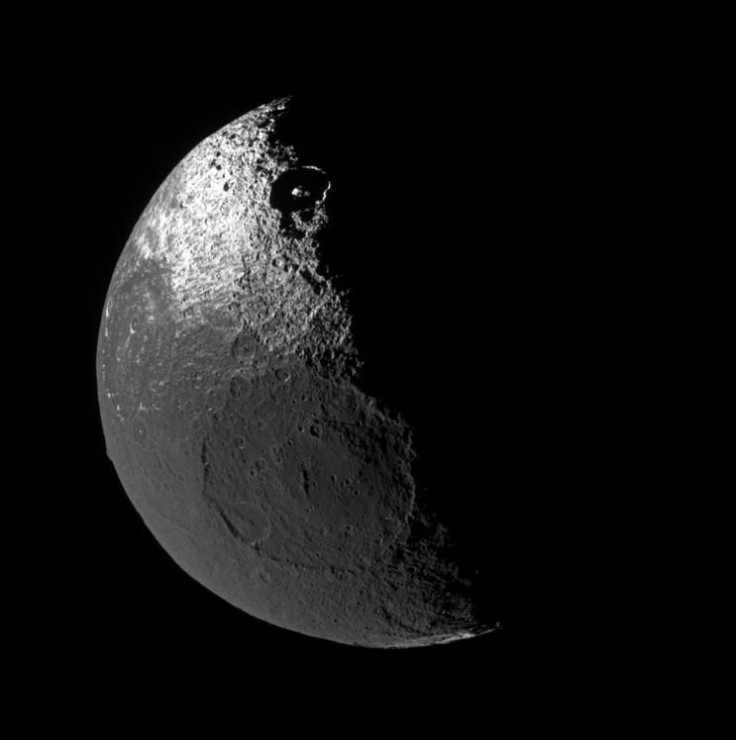Moon Could Escape Earth’s Orbit, Become A Planet

An international team of researchers has recently proposed a hypothetical and potentially disastrous scenario wherein our Moon detaches itself from the Earth’s orbit to become an independent planet.
According to a report from Futurism, the theory is known as “ploonet” and it is basically an idea that says it’s possible for the Moon to no longer orbit its host planet and instead revolve around the host star. Although highly unlikely to happen anytime soon, this theory is pointed out to be a possible explanation for several “unusual astronomical phenomena.”
The idea was first broached in a still-to-be-peer-reviewed paper that was submitted by Mario Sucerquia of the University of Antioquia in Colombia and his colleagues to the Monthly Notices of the Royal Astronomical Society. The study touches on the exomoons that are orbiting Jupiter-sized exoplanets in other planetary systems and that these could have actually been detached via gravitational interactions. Once this happens, the moons could become planetary seeds or “ploonets.”
"If large exomoons form around migrating giant planets which are more stable (eg. those in the Solar System), what happens to these moons after the migration is still under intense research. This paper explores the scenario where large regular exomoons escape after tidal-interchange of angular momentum with its parent planet, becoming small planets by themselves. We name this hypothetical type of object a ploonet," the research surmised.
To prove their point, the team ran simulations using a type of planet they labeled hot Jupiter or Jupiter-sized planets that orbit close to its host star. Some astronomers believe that planets like this could have been formed farther out of the host star, but its gravitational force eventually pulled them in closer. If the planets had moons, the gravitational pull could have affected the way they orbited the planet and the moons could eventually dislodge.
Sucerquia and his colleagues ran a large number of simulations of the migration and based on the results, about 44 percent of those with moons ended up crashing into their planets, and around 6 percent was absorbed by its host star. Two percent got kicked out of the solar system and interestingly, the remaining 48 percent separated from their host planets and stayed around the solar system to become ploonets.
© Copyright IBTimes 2025. All rights reserved.





















